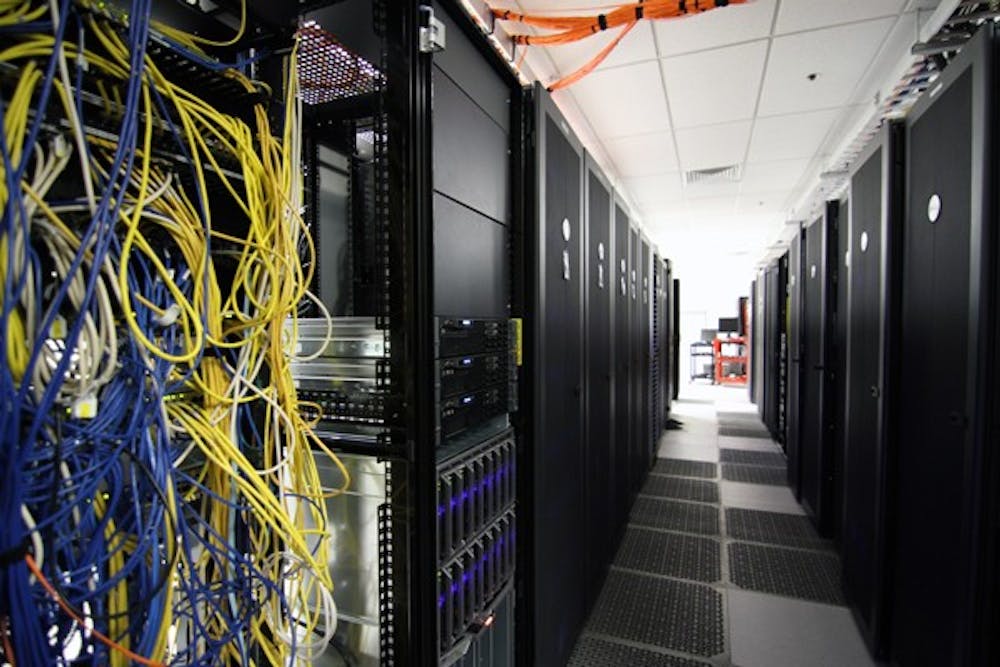ASU’s Saguaro 2 Supercomputer was once among the top 500 in the world, but budget constraints have put it in danger of becoming obsolete and threaten its international fame, officials said.
The ASU Advanced Computing Center, called A2C2 and used by researchers throughout the University, attributes the computer’s aging parts and technology to a lack of sufficient funding to upgrade its system, said Gil Speyer, a research scientist with the center.
The University Technology Office grants A2C2 a $1.3 million yearly grant for the facilities to operate, UTO spokesperson Gordon Wishon said in an email.
Wishon said the University will provide A2C2 with the base level of funding, but the center will still have to seek funding from other outside sources.
Data that would normally take weeks to compute can be processed in a day or two on the Saguaro 2 Supercomputer, which contains over 5,000 processor cores, Speyer said.
The challenge is finding a way for Saguaro to keep up with the growing research of the University, he said.
The computer’s users range from researchers in the School of Earth and Space Exploration to those in the Economics department, Speyer said.
A2C2 Director Francis Timmes said the Saguaro Supercomputer needs at least $2 million, $700,000 more than it currently receives, to sustain itself.
Saguaro’s latest and largest grant was given in 2008 from the National Institute of Health, Timmes said.
According to thetop500.org, a website that ranks all the most powerful supercomputers in the world, Saguaro peaked in November 2008 at No. 82.
In June 2010, they were No. 332. By 2011, A2C2 was off the list completely.
“Unless you ride that technology wave, you will fall off,” Timmes said.
He said most grant money comes from ASU researchers that “recharge” their CPU hours. Researchers get 10,000 free hours per year and the center charges .025 cents per CPU hour after they run out.
Timmes said the funding they receive from researchers “recharging” would never be enough to maintain a computer of Saguaro’s caliber.
Charlie Collins, operations manager at A2C2, said the Supercomputer wouldn’t last forever.
“Unless the University can double or triple the funding, then the computer system will drive itself into the ground,” Collins said.
Nadim Hoque, a senior computer system engineer and student worker at A2C2, said he has seen professors try to own their own personal computer and found Saguaro to be cheaper.
Hoque said by using Saguaro and its personnel, professors save money by not having to hire on a computing expert to their research teams.
“Researchers have other things to worry about than supercomputing,” Hoque said.
Mechanical engineering senior Michael Thompson worked with Huei-Ping Huang, a professor at the Ira A. Fulton Schools of Engineering, on his project Understanding Earth’s Climate Change. They calculated data using Saguaro.
Thompson said he was able to see the results of his research faster when Saguaro would calculate his data.
Timmes said they are in the process of finding new opportunities for funding in 2012.
“You cannot call yourself a research university without having a centralized supercomputing system,” Collins said.
Reach the reporter at thaniab@asu.edu
Click here to subscribe to the daily State Press newsletter.
Correction: An earlier version of this article incorrectly stated the highest ranking and date the Saguaro 2 Supercomputer reached according to thetop500.org.





